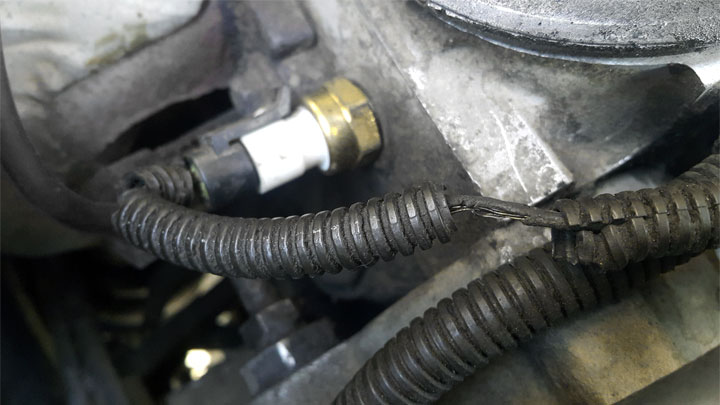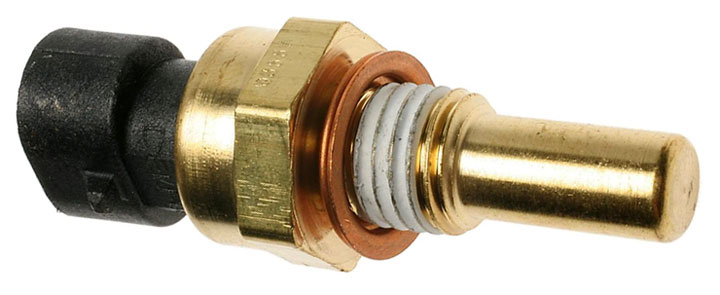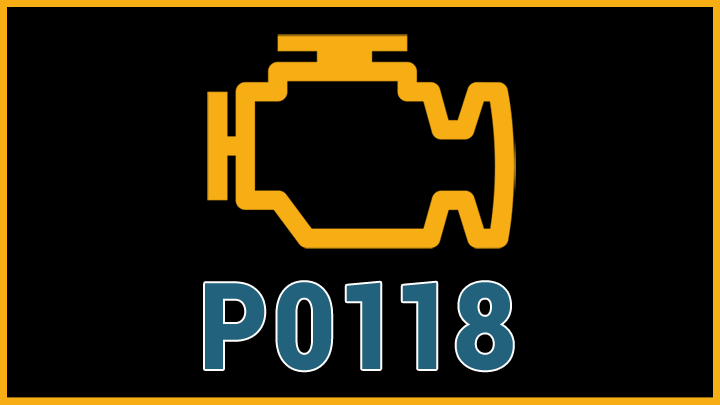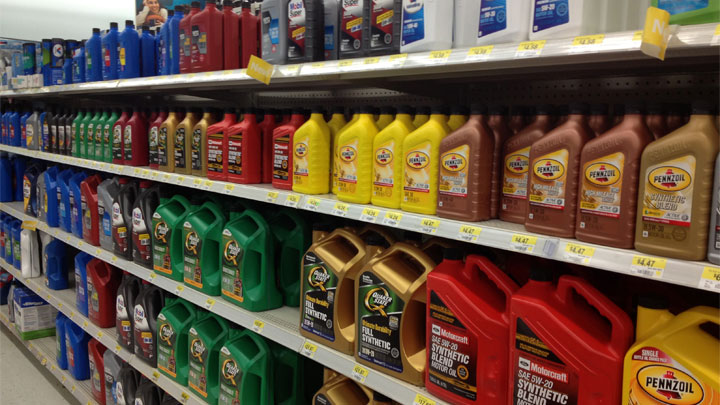Last Updated on June 30, 2022
The last thing you want to deal with when you’re driving down the road is a check engine light. But for millions of drivers, that’s exactly what happens each year. So, you rush to read the OBD-II code, but then what?
Well, if you have a code P0118, we’ll walk you through everything you need to know. From what it means to how to fix it, we’ve got you covered. And if you’re wondering how serious this check engine light is, we’ll let you know all about that too.
What Does Code P0118 Mean?
Inside your vehicle, there’s a sensor that reads the current temperature of your engine and sends that information to the ECM so it can make proper adjustments to the fans and other cooling mechanisms. A high input means the engine is cool, and when the engine warms up you get a lower input.
When your engine recognizes that the inputs aren’t reading typical results or they’re out of an acceptable range, a code P0118 can result. Typically, at this point, the ECM defaults to a setting where the engine provides maximum cooling so the engine doesn’t overheat.
Symptoms of Code P0118

If you have a code P0018, the truth is that you likely won’t notice a ton of symptoms. Most of the time, the only thing you’ll likely notice is a check engine light. However, while that’s usually what happens, it’s not the only possible outcome. Below we’ve highlighted a few other potential outcomes.
- Check engine light
- No abnormal symptoms
- Poor fuel economy
- Hard starting
When your vehicle is constantly running the engine fan and other cooling devices, the result is an engine that’s overworking itself. This means the fuel economy will dip some, even though you likely won’t notice a significant drop.
Causes of Code P0118

By far the most probable cause of an engine code P0118 is a defective engine coolant temperature sensor.
While these sensors can last a long time, all sensors wear out eventually. However, if you’ve been using regular tap water to mix with your antifreeze instead of distilled water, or if the coolant is extremely old, that might be the problem too.
If the problem is a rusty coolant system, that’s the worst-case scenario. Even if you flush the coolant, the rust is likely to come back, which means you should replace various components. However, as long as you’re using distilled water when you’re mixing the coolant this shouldn’t be a problem.
A final potential problem is a wiring concern. Even if the sensor is working as it should, if the wires that send the signal to the ECM are corroded, frayed, or shorted, it won’t matter. Once again, a defective engine coolant temperature sensor is likely, but you can’t automatically rule out a wiring problem.
- Faulty engine coolant temperature sensor
- Old/defective coolant
- Wiring problems
See Also: How to Flush a Radiator
Is Code P0118 Serious?
When you look at the symptoms you might find yourself wondering if a code P0118 is all that serious. If you don’t notice any abnormal conditions while driving, how much does it really matter?
The truth is that while you might not notice any abnormal symptoms, that doesn’t mean there aren’t potential problems that can crop up if you’re driving with a code P0118. First, you’re putting extra wear on various components.
Your engine fan isn’t supposed to run non-stop, and overuse can lead to it wearing out prematurely. And since your engine has no way of telling you that the coolant is getting too hot, you’ve also lost the ability for the engine to shut down to preserve itself when it’s overheating.
If you’re driving with a code P0118 you likely won’t notice anything wrong – that is until it goes way wrong. And since a code P0118 is relatively easy and cheap to fix, the last thing you want to do is risk your entire engine over a cheap fix.
How to Fix

If you have an engine code P0118 and the problem is a defective engine coolant temperature sensor, you can expect to spend anywhere from $125 to $175 in repairs if you take it to a professional shop.
However, if you do the job yourself, you can save some money since the part usually only costs between $40 and $60.
And when it comes to automotive jobs, replacing the engine coolant temperature sensor is usually on the easier end of things. Look up the location of the sensor in a factory service manual for your specific vehicle for more information.
If the problem is the coolant, you can expect to spend roughly $100 for a mechanic to flush the system. Of course, the exact price will depend on the size of the coolant system.
If you plan to do the job yourself, expect to spend $10 to $20 for each premixed gallon of solution. So, if your vehicle has a 4-gallon coolant system you’ll need to spend between $40 and $80 depending on the coolant your vehicle uses.





You should first check level of coolant. It only just happened to me, my auto stop was on and off, then I noticed engine temp was reseting every few seconds, and eventually this engine code appeared. Eventually Ive looked unedbthe bonnet and noticed colant was way below minimum level. Problem fixed itself after topping up. Cost was £0 for diagnosis, £4 for the coolant. You can also spend £10 on OBDII bluetooth gadget, it connects with free aps on your phone and you can read and reset engine codes 😅